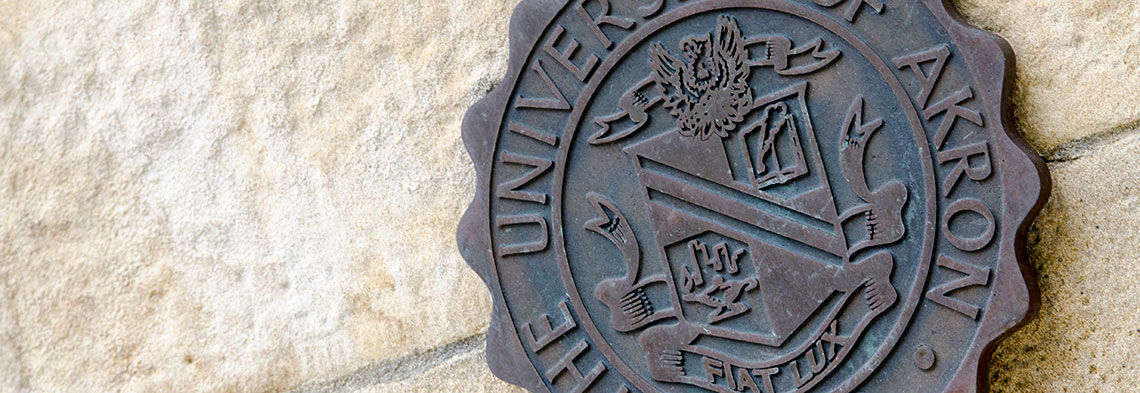Document Type
Article
Publication Date
July 2009
Abstract
This article examines the meaning of the terms privileges and immunities as used in Article IV of the U.S. Constitution and the Fourteenth Amendment. It begins by tracing the American use of the terms to April 10, 1606 in the first Charter of Virginia. Building upon the work of other scholars and citing original documents, it concludes that these words has a well-established meaning as “rights” well before the Fourteenth Amendment was adopted. The article notes that in Justice Miller’s decision in the Slaughter-House Cases he refers to the privileges and immunities of Corfield v. Coryell as “those rights which are fundamental.”
In exploring the meaning of the terms, the article notes it breadth, as articulated by Section 1 author John Bingham (R-Ohio) and Justice Strong in West Virginia v. Strauder. Examples are provided from Congressman Bingham, Justice Bradley, and Judge Thomas G. Jones in his turn of the century decision in Ex parte Riggins.
Insight into how to apply the privileges or immunities clause is taken from Justice Robert Jackson, Justice Joseph P. Bradley and Justice Benjamin R. Curtis. Insight into the possibility that privilege and immunities would change is seen in the agreement between Justice Miller and Justice Bradley that constitutional amendments could change the content of the words. Further examples are given through the adoption of treaties and the 1866 Civil Rights Act.
Because some concern has been expressed concerning the effect of using privileges or immunities clause upon establishment clause jurisidpurence, the history of the “secession” of slaveholders from the national churches and their establishment of pro-slavery churches which prohibited free exercise is examined. The insights provided by this history leads to the conclusion that a principled application of the privileges or immunities clause would not work any change in the current establishment clause jurisprudence.
This approach is also tested with respect to a matter currently pending on certiorari in the U.S. Supreme Court: the enforcement of a right to bear arms against the states. The clauses are also analyzed to see how they would better protect the writ of habeas corpus than the inference drawn from Article I, Section 9, Clause 2. Finally, an example of how the use of the privileges and immunities clause might give a more principled and secure protection for established rights is illustrated by the application of the clauses to a “right of family life” that would replace the substantive due process approach used in Moore v. City of East Cleveland.
The article concludes by noting that in spite of Saenz v. Roe, scholars and lawyers have not been very diligent in advancing claims under the privilege or immunities clause and provides reasons why such course should be pursued.
Publication Title
University of Pennsylvania Journal of Constitutional Law
First Page
1295
Last Page
1327
Recommended Citation
Richard Aynes, Ink Blot or Not: the Meaning of Privileges And/Or Immunities, 11 Journal of Constitutional Law 1295 (2009).


